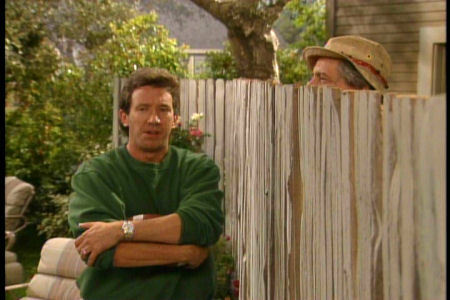Political Polls and the Implications of Nonresponse Bias
Election season is upon us and the polls abound. The Columbus Dispatch recently conducted a poll of registered Ohio voters that found Democratic incumbent governor Ted Strickland trailing Republican John Kasich by a whopping 12 points (49% Kasich, 37% Strickland, 10% undecided). In an election season infused with anti-incumbent fervor, Kasich’s lead may not be surprising. On the other hand, this particular 12-point gap seemed a bit odd, and led us to further examine how the poll was conducted.
The Dispatch conducted a mail survey, and calculated poll numbers from the 1,622 registered Ohio voters who completed and returned their ballots. The response rate was 14%, not unusually low for mail surveys. Nevertheless, one might wonder about possible nonresponse bias: did the opinions of the 86% of registered voters who received the ballot but did not return it differ from those who did return ballots? And if so, how might this affect the overall results?
As an example, in the 2006 midterm elections, 49% of actual voters were male and 79% were white. In the Dispatch poll, these groups were overrepresented: 52% of respondents were male and 87% were white. Do these discrepancies matter when drawing conclusions about likely election results? Only if the opinions of male voters differ from female voters, or, if the opinions of white voters differ from the views of non-white voters.
As it turns out, male and white voters are generally more likely to vote Republican than their female and non-white counterparts, as the Dispatch poll itself reveals (see below):
So, would the conclusions drawn from this poll change if more female and non-white voters had returned their ballots? It is likely John Kasich would still be ahead of Strickland, but his lead might not seem so formidable.
How neighbors stay informed about community issues
I recently happened upon a public opinion poll from the Pew Research Center that explored a topic that I’ve been curious about for some time. In this age of Facebook, Twitter, blogs, text messaging, and e-mail, how are Americans staying informed about what’s going on in the world closest to them – their neighborhoods, their communities? To what extent has “tech” entered this arena, and to what extent are Americans staying abreast of events the old-fashioned way, by talking face-to-face?
According to those surveyed, at some point in 2009…
- 46% of Americans talked face-to-face with neighbors about community issues.
- 22% of Americans signed up to receive alerts about local issues (such as traffic, school events, weather warnings or crime alerts) via email or text messaging
- 21% of Americans discussed community issues over the telephone.
- 20% of Americans used digital tools to talk to their neighbors and keep informed about community issues.
- 11% of Americans read a blog dealing with community issues.
- 9% of Americans exchanged emails with neighbors about community issues and 5% say they belong to a community email listserv.
- 4% of Americans communicated with neighbors by text messaging on cell phones.
- 4% of Americans joined a social network site group (e.g., Facebook) connected to community issues.
- 2% of Americans followed neighbors using Twitter.
[Note: Emphasis added. Because survey participants could respond affirmatively to more than one option, the sum of percentages is > 100%.]
One of the take-away messages from this report is that while high-tech communication modes have a place in how Americans stay connected to one another and to their community, use of these modes does not (yet) surpass good ol’ fashioned discussions over the backyard fence or across porches. If one’s marketing objective is to mobilize grassroots support, to build local awareness of an issue, or to mobilize a community to action, these data seem to suggest the best kind of “word-of-mouth” tactic may be the original kind – by encouraging people to literally talk with one another.

[Survey methods note: The survey was conducted via telephone (either landline or cellphone) with a random sample of 2,258 American adults. The full report can be downloaded here.]
Research in action – projecting demand for a second campus
One of my favorite parts of applied research is… well… its application. Back in 2003, TST helped Columbus State Community College project demand for a second college campus and determine where said campus might be located. We used GIS mapping, surveys and focus groups with students and stakeholders as well as a RDD survey of the four county area surrounding Columbus to provide CSCC with the information they needed to make a good decision. TST documented and projected enrollment trends, created demographic and lifestyle profiles of current and potential future students and highlighted potential barriers and supporting factors that could impact demand for (and construction of) a second campus.
On June 28th, the ribbon cutting for the second campus (located very near one of the locations we suggested 7 years ago!) will take place. I’d like to think we helped provide the foundation for that building – pun intended.


